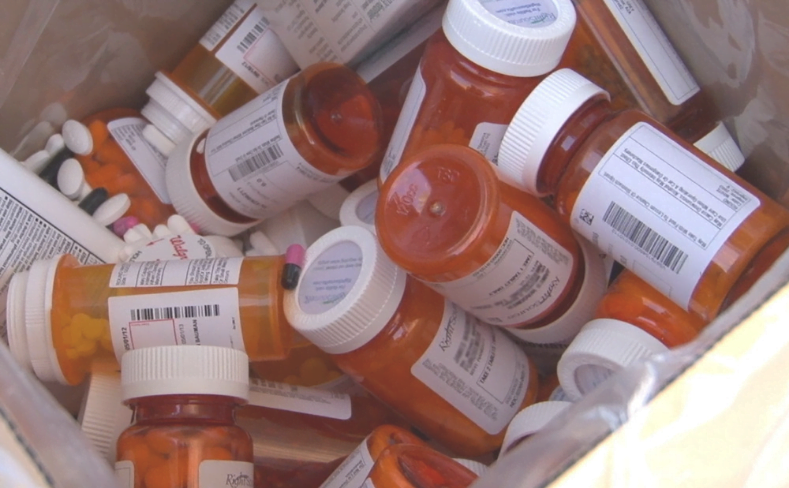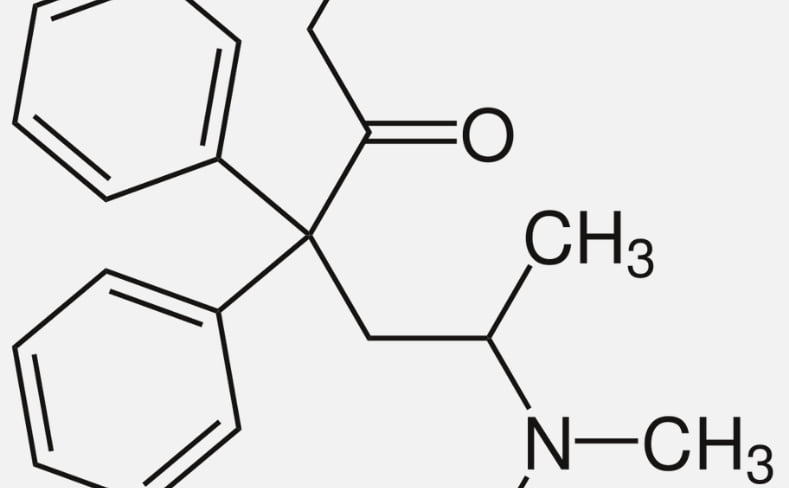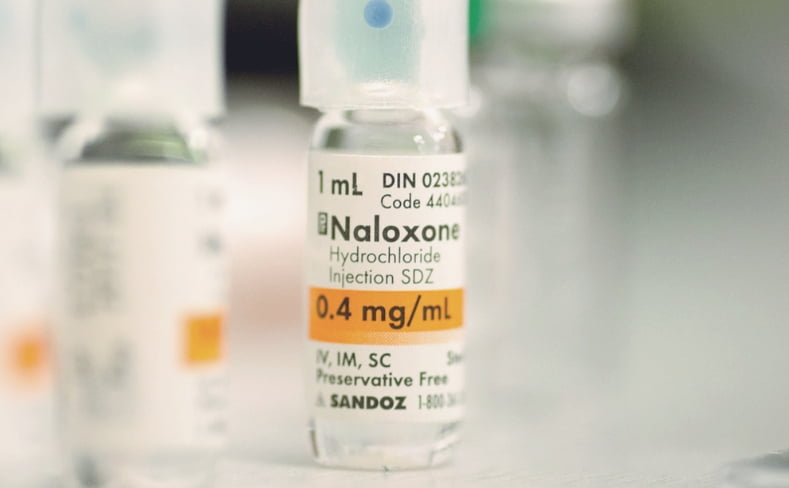Understanding Methadone Treatment Programs
Addiction is a disease that impacts those of us affected on a physical and psychological level. It’s not a sign of weakness, or simply a matter of self-control.
For those of us who are genetically and socially predisposed to drug use, prolonged use of any substance creates serious changes within our brain chemistry. For this reason, it’s only logical to understand methadone treatment and how it works.
These changes cause some of us to become reliant on drugs in order to maintain normal chemical levels within our brains. Opioids like heroin and prescription narcotics are particularly addictive and use of these drugs has risen to epidemic proportions.
The opioid epidemic has led to an increase in the use of maintenance medications like methadone. Methadone has been used for years in the fight against opioid addiction. It’s narcotic, but unlike more addictive drugs it works on our brains in a slightly different way.
Methadone works by plugging into our opioid receptors, stopping withdrawals, and it’s helped me to fight my drug cravings. When used correctly and under the supervision of a licensed physician, methadone has the potential to help us achieve a level of sobriety that we couldn’t otherwise reach.
What is Maintenance Medication?
Maintenance medications are medications that we take at precise intervals in order to help us maintain a certain level of comfort or health. When dealing with addiction, maintenance medications include things like methadone that help those of us suffering from addiction to achieve long-term sobriety.
Many of us suffering from opioid addiction will end up taking opiate maintenance medications for a period of over 12 months. It takes the brain a long time to recover from that level chemical dependency.
During this time the dosage of methadone may be decreased or increased to help us maintain a certain level of comfort. This has helped me to avoid withdrawal symptoms, and to cope with my stress without using illicit drugs.
Drug addiction can become a lifestyle when we’re constantly in pursuit of illegal substances and people to use them with. This is why it’s important that any type of maintenance medication accompanies a dedicated treatment program.
Taking something like methadone is only one part of the entire process. We have to want to be sober and seek help prior to any of these treatment methods becoming effective.
Ultimately, there is no magic cure for drug addiction. The only way that we can overcome the disease and achieve sobriety is through hard work and personal dedication along with the help of treatment professionals.
Who Needs Methadone?
For those of us feeling the effects of the heroin epidemic and opioid addiction, regular treatment methods may not be as effective. This is because of the chemical changes that we’ve made to our brains, and the addictive nature of these drugs.
Opioids also have the highest relapse rate of any other substance. Almost 90 percent of people who are long-term heroin users will relapse at least one after they’ve completed some sort of treatment program.
Many of us report that this is because of the extreme withdrawal symptoms that we experience when going through the detox process. Some of us are also unprepared to deal with the stresses of everyday life without seeking some outside substance to cope.
The way to combat this is a mixture of treatments combined with maintenance medications. We need to have active and ongoing therapy when trying to stop using drugs. Methadone can help some of us to avoid withdrawal symptoms that often drive us back into the arms of our drug of choice.
Methadone isn’t for everyone, but for those of us dedicated to long-term sobriety it offers a viable option. Maintenance medications can be abused when taken in excess or when sought out illegally. It’s very important that we only take these medications under the direct care of a medication-assisted treatment program run by a licensed physician.
What are Methadone Treatment Programs?
When some of us who are addicted to opioids attempt to stop using the drugs we may experience withdrawal symptoms or severe drug cravings. Withdrawals only last until the brain is able to compensate for the chemical imbalance.
Unfortunately, this can take a prolonged period of time for those of us who have been longtime drug users. Drug cravings can continue to strike even years after the actual drug abuse is stopped.
These are often in response to a stressful situation. Some of us may turn to drugs as a coping mechanism when we’re unsure of how to deal with the situation in our lives.
Those of us who actively and appropriately taking maintenance medications will be able to stop these uncomfortable opiate withdrawals from occurring and be able to fight the drug cravings more effectively. This is because the methadone works by filling some of the opioid receptors within our brains.
As the medication is metabolized, it emulates our naturally occurring feel-good chemicals. At the same time, it’s filling the receptors that would naturally absorb these chemicals, returning the body to a feeling of normalcy.
This results in an elevated level of these chemicals in our brains that are present for a longer period of time. This allows us to feel normal without experiencing the euphoria of drug use.
Methadone provides a safer alternative than illicit drugs and does so at a controlled rate.
What is a Medication Assisted Treatment Program?
A medication-assisted treatment program is a regime that’s overseen by the government and a group of licensed physicians. These programs are dedicated to providing these types of maintenance medications to those of us who are fighting addiction.
These programs have to be carefully monitored in order to make sure that all of us are receiving only our required dose each day. It is possible to abuse maintenance medications, and this has led to a need for extended supervision.
After a certain period of time in which we’ve successfully taken these medications, a physician might give us a prescription to take home on a short-term basis. Most of us will not be given these medications to take in their home unless they are being administered by a trusted family member and kept under lock and key.
Is Methadone Right for You?
Methadone has been used with great success in the fight against the opioid epidemic. It’s important to remember that each and every one of us experiences addiction in a very different way. Not all of us will need the same combination of treatments and methods to achieve sobriety.
If you or a loved one are experiencing an addiction to opioids, contact (855) 976-2092. Don’t be afraid to reach out and ask for help. There are options out there that can help you to start living your life again.
Sources
NIDA. (2018, June 8). Medications to Treat Opioid Use Disorder. Retrieved from https://www.drugabuse.gov/publications/research-reports/medications-to-treat-opioid-use-disorder on 2019, February 14
Substance Abuse and Mental Health Services Administration. (2015, September 28). Methadone. Retrieved from samhsa.gov: https://www.samhsa.gov/medication-assisted-treatment/treatment/methadone
The New York Times. (2019). Opioid Epidemic. Retrieved from nytimes.com: https://www.nytimes.com/spotlight/opioid-epidemic










